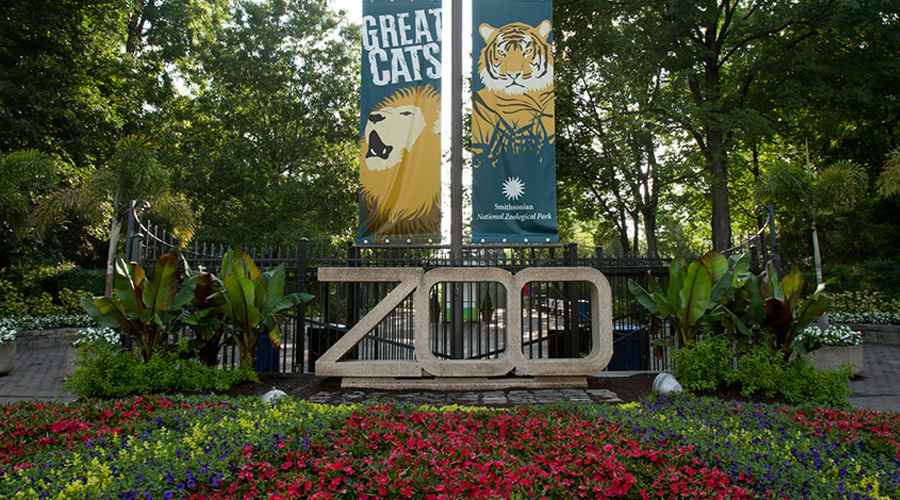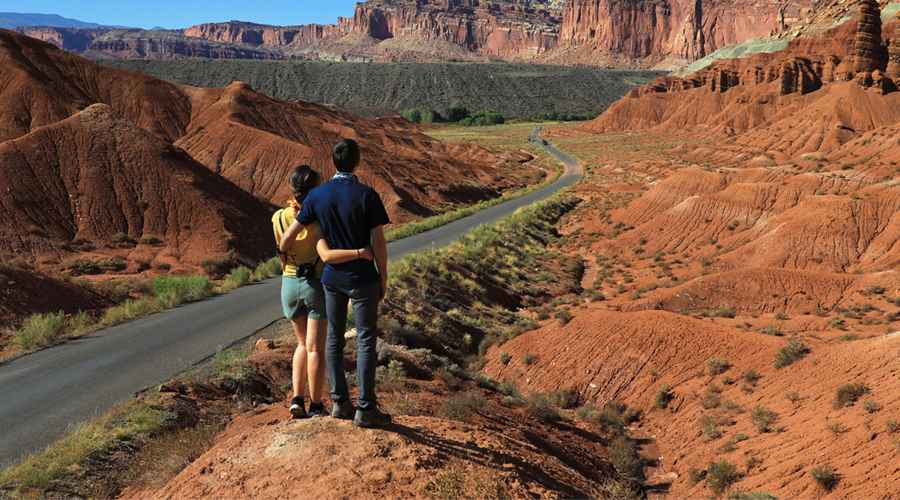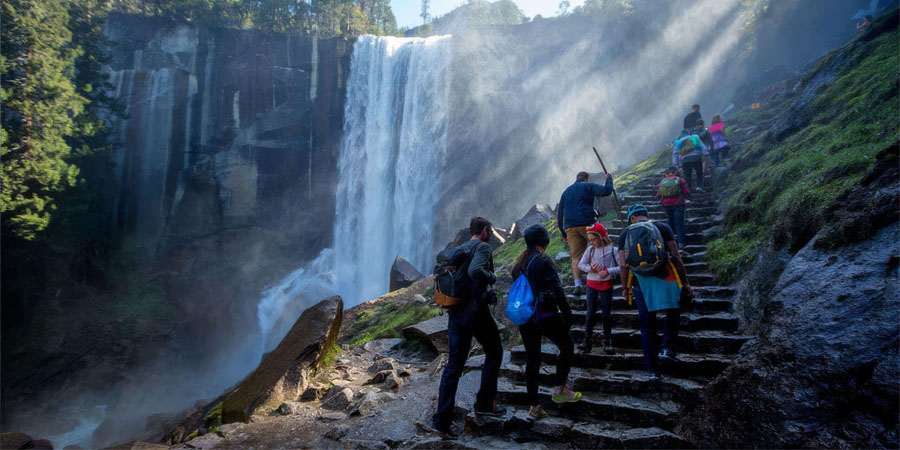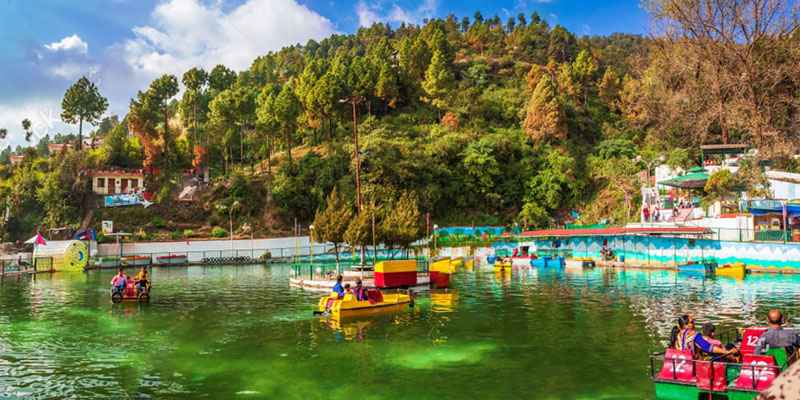When it comes to wildlife conservation and protecting natural habitats, India holds a special place on the global stage. The country is home to a wide variety of ecosystems, ranging from the snowy Himalayas to the tropical forests of the Western Ghats. But among all these treasures, one place stands out in history as the first step India took toward organized wildlife conservation—the establishment of its very first national park. This pioneering park is none other than Jim Corbett National Park, located in the northern state of Uttarakhand.
The Birth of India’s First National Park
Jim Corbett National Park was established in 1936 during the British colonial era. At that time, it was known as Hailey National Park, named after Sir Malcolm Hailey, the then Governor of the United Provinces (present-day Uttar Pradesh and Uttarakhand). Later, in 1957, the park was renamed Corbett National Park in honor of Jim Corbett, the legendary hunter-turned-conservationist who played a pivotal role in its creation and in raising awareness about the need to protect India’s wildlife.
This marked a revolutionary moment for India, as it became the first Asian country to set aside a dedicated national park for the protection of flora and fauna.
Location and Geography
Jim Corbett National Park is nestled in the foothills of the Himalayas, in the Nainital district of Uttarakhand. Spread across 520 square kilometers, the park’s landscape is a beautiful mix of grasslands, marshy depressions, riverine belts, lakes, and dense forests. The Ramganga River flows through the park, enriching its biodiversity and serving as a lifeline for wildlife.
Its terrain is not just scenic but also ecologically rich, making it one of the best places for wildlife photography, eco-tourism, and conservation research.
Why Jim Corbett National Park is Famous
While its historical significance lies in being India’s first national park, Jim Corbett is globally renowned for another reason—it was the first park to launch Project Tiger in 1973. Project Tiger was a landmark conservation initiative by the Government of India aimed at saving the endangered Bengal tiger. Today, Corbett remains one of the best tiger reserves in the country, with a healthy population of these majestic cats.
Apart from tigers, the park shelters:
- Mammals like leopards, elephants, wild boars, langurs, and deer species.
- Birds with over 600 recorded species, making it a birdwatcher’s paradise.
- Reptiles and aquatic life, including gharials and marsh crocodiles.
This variety makes the park not just a conservation hub but also a vital part of India’s eco-tourism sector.
Jim Corbett: The Man Behind the Name
The park owes much of its legacy to Edward James Corbett, popularly known as Jim Corbett. Initially known as a skilled hunter who tracked and killed man-eating tigers and leopards in the Kumaon region, Corbett later dedicated his life to wildlife protection. He realized the importance of conserving forests and wildlife, and worked tirelessly to spread awareness about ecological balance. His books, such as Man-Eaters of Kumaon, not only highlighted his adventures but also inspired generations to respect and protect nature.
Renaming Hailey National Park after him was a fitting tribute to his contributions.
Conservation Significance
The establishment of Jim Corbett National Park was more than just a symbolic act. It set a precedent for creating protected areas in India. Today, the country boasts over 100 national parks and nearly 900 wildlife sanctuaries, many of which were inspired by the model first created in Corbett.
The park also plays a critical role in research and education. Scientists, students, and conservationists frequently study its ecosystems, which helps in developing strategies for sustainable development and wildlife management.
Tourism and Responsible Travel
Jim Corbett National Park attracts thousands of domestic and international tourists each year. Its jeep safaris and elephant rides give visitors the chance to see tigers, elephants, and a variety of other wildlife in their natural habitat. Popular zones like Dhikala, Bijrani, and Jhirna are well-known for sightings and rich biodiversity.
However, with increased tourism comes the responsibility of ensuring that human activities do not disturb the fragile balance of the ecosystem. The authorities have introduced strict guidelines to minimize ecological footprints, such as limiting safari vehicles and banning plastics.
Legacy of the First National Park
Jim Corbett National Park is not just a wildlife reserve—it represents the roots of India’s conservation movement. From its early days as Hailey National Park to becoming a global icon under Project Tiger, it has continuously inspired efforts to preserve India’s natural wealth.
Today, as climate change and human encroachment threaten ecosystems, the story of Jim Corbett National Park serves as a reminder of why protected areas are essential. It shows that conservation is not just about saving animals—it is about preserving the natural heritage that sustains us all.
Conclusion
The answer to the question, “Which is the first national park in India?” is Jim Corbett National Park, founded in 1936. But more than a historical fact, it symbolizes the dawn of India’s commitment to wildlife conservation. Its scenic beauty, rich biodiversity, and conservation legacy continue to inspire millions. Whether you are a nature enthusiast, a wildlife photographer, or simply someone who loves the outdoors, a visit to Corbett is like stepping into the very heart of India’s natural history.










